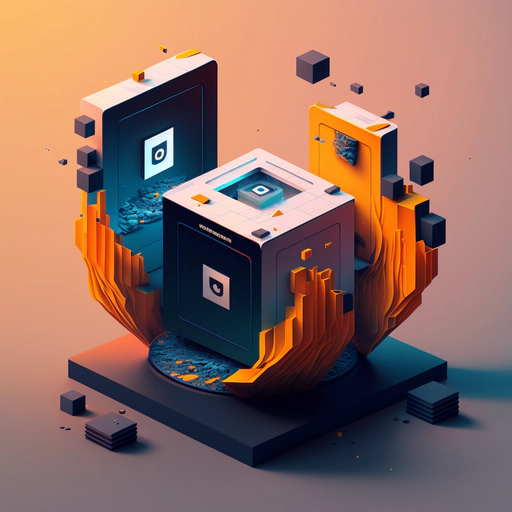Frequently asked questions
How does domain-driven design fit into business?
Domain-driven design is a specific design pattern that is suitable for companies with complex business units and business systems, for example. To find out if DDD is the right choice and fits your requirements, Acosom is available to advise you with deep expertise in developing high-performance software architectures.
In domain-driven design, how is the domain modelled?
An important part of Domain-driven Design is modelling the domain, i.e. the business area in which a company operates. In order for the modelling of the domain to be successful, it is necessary to analyse which other concepts can be used and combined in addition to DDD.
How is communication used in Domain-driven Design?
An important point in Domain-driven Design is to work closely with experts to improve the understanding of the domain and to ensure that the system meets the requirements of the domain. Developing a common language is therefore useful.
What are the different levels in domain-driven design?
Domain-driven design consists of three layers: the data model, the ubiquitous language and the teams. The Ubiquitous Language is bounded by the Bounded Context. The data models contain data on the domain objects, which contain different technical aspects. The Ubiquitous Language combines the terms used by the domain experts and according to which the software should be built. Each bounded context is managed by exactly one team. One team, however, can take on several Bounded Contexts.



